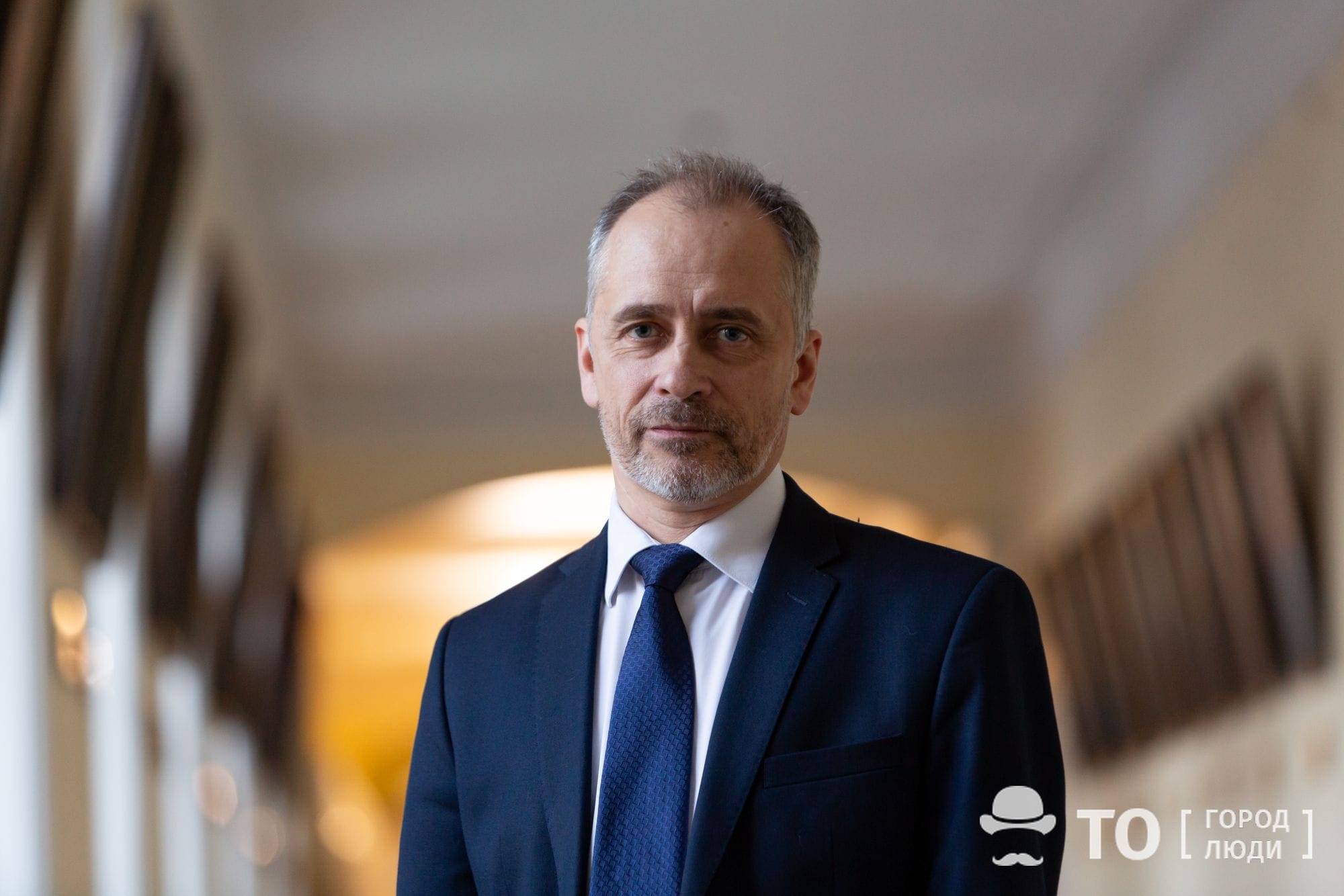Siberian Greenfield. Artyom Rykun, TSU Vice-Rector, in Regards to 800 Foreign Students and Migration Tsunami
For the first time in its history, TSU finds itself in an open competition with leading universities in the academic market. This is an experiment, a greenfield project, an unparalleled new situation for TSU.
Nowadays the rivalry is neither with Novosibirsk or Krasnoyarsk, nor for students from the Kemerovo Oblast and Central Asia anymore. Students from all over the world come to Tomsk, and they choose among universities of the countries being traditional leaders in terms of education, such as the USA, Great Britain or Australia, as well as China, which has been quickly catching up with the abovementioned.
Artyom Rykun, TSU Vice-Rector for International Affairs, has told Tomskij Obzor as to how the first contact of a foreign applicant with the university usually occurs, what faculties are the ones leading in the number of foreigners and what serious challenges Tomsk will have to face in a few years.
From 80 to 800: How Has It Been?
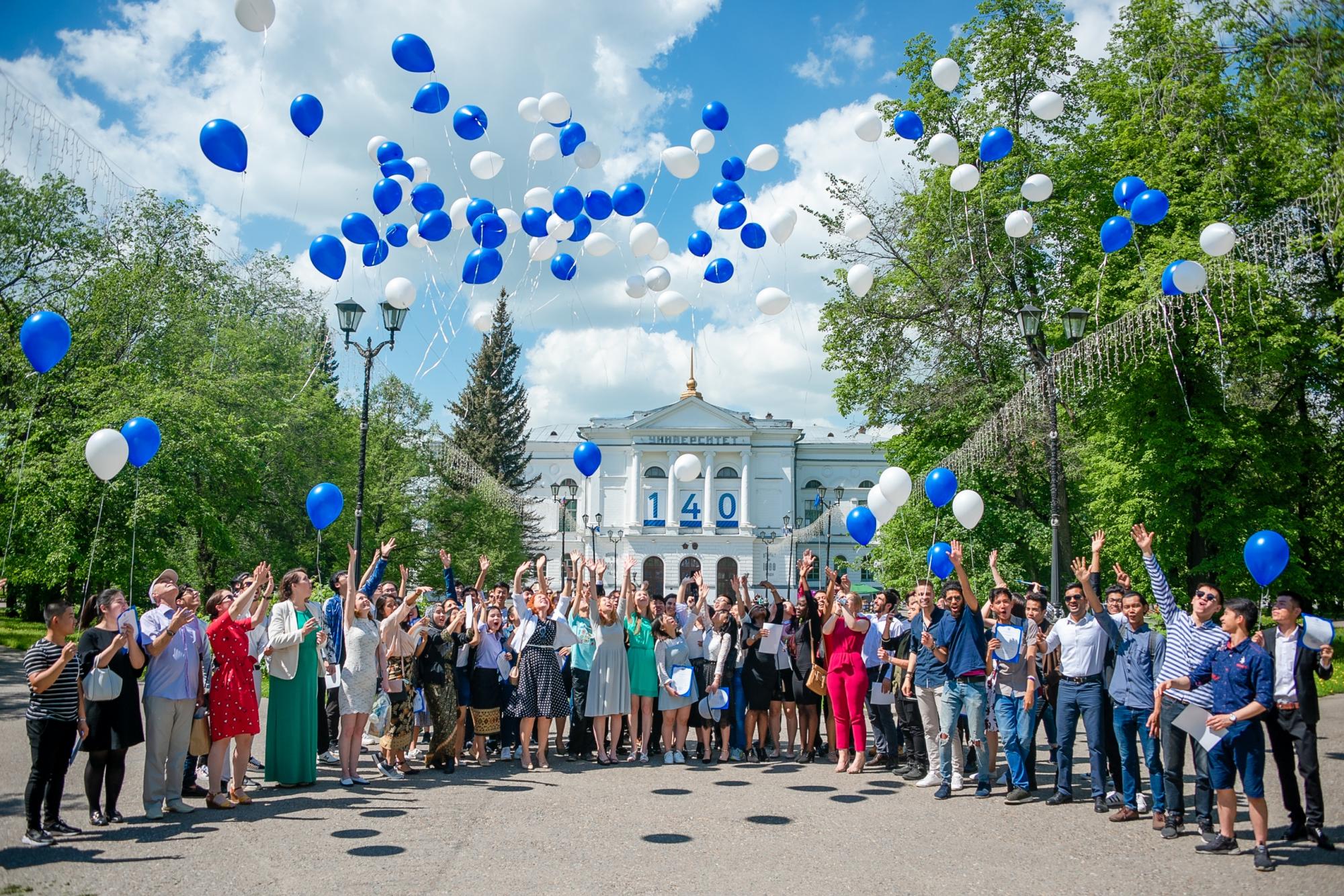
At Tomsk State University, there have always been a certain number of foreign students. Mostly, they have come from former Soviet republics such as Central Asia countries and Caucasus region. Formally, these are citizens of the same USSR, but in fact, they are in some way foreigners, different in terms of culture and lifestyle. Some faculties have had an experience in working with foreign (non-CIS) countries. Every year, from 20 to 30 students have been studying Russian language and Russian literature at the Faculty of Philology and the Faculty of Foreign Languages. From time to time, foreign students have appeared in other faculties; in addition, many TSU professors and researchers have had a pronounced international experience.
This all has paved the way for the breakthrough having followed the TSU joining the 5–100 Project. For the university, the internationalization issue has become an acute one, since attracting foreign students is not only a quantitative indicator of the project performance, but also a test, as well as a mechanism for turning a local university into a world-class one.
“Students can’t be fooled,” Artyom Rykun, the TSU Vice-Rector for International Affairs, says. “They can be attracted with your personal charm or expected to come by chance, for some time. However, if a university fails to maintain and develop its reputation — they will stop going there. At Tomsk State University, the number of students from non-CIS countries has been growing at a decent pace for six years now, by 200–300 people a year. Six years ago, when the university just joined the 5–100 Project, there were 80 foreign students from far abroad. Now there are over 800 of them.”
Attract and Not Disappoint
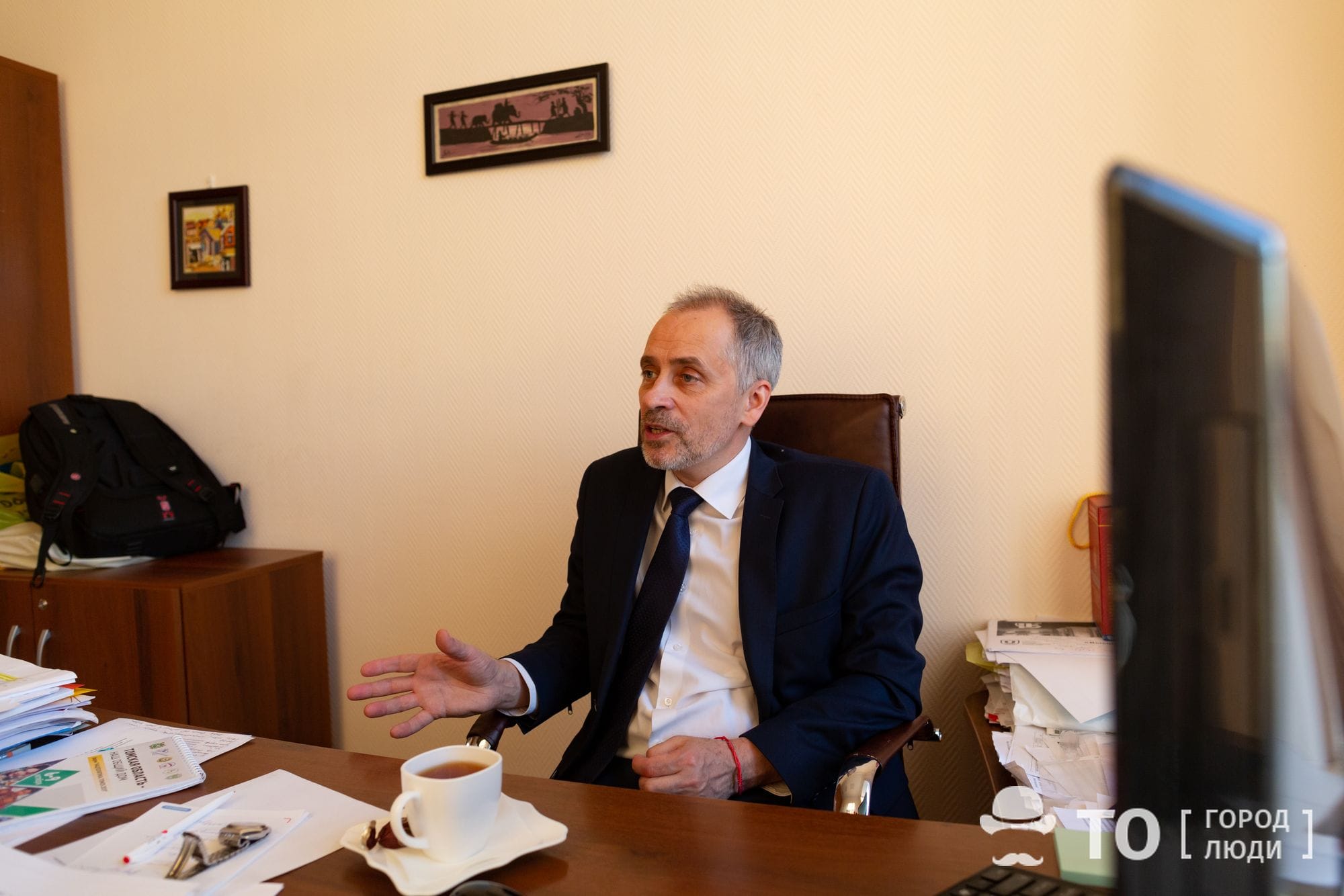
“How did we begin to increase the number of these students? First of all, we selected target areas and started contacting and working with them,” Artyom Rykun recalls. “Vietnam was one of these areas. We were lucky to cooperate with the management of the local Russian Center for Science and Culture, headed by Natalya Shafinskaya, the director, a capable and active person indeed. She arranged for us a set of meetings with representatives of several universities, in particular the Hanoi one. Through the latter, we established contacts with the best school in northern Vietnam — Chang Fu, in Haiphong. The first students from there were hard to get, but then word-of-mouth began to spread across Vietnam. What we see now is that more than fifty students from this country are currently studying in TSU, and the whole process has become self-sustaining. All we have to do is not to disappoint them upon arrival in Tomsk: to ensure high-quality education, a good language command, and a modern teaching methodology.
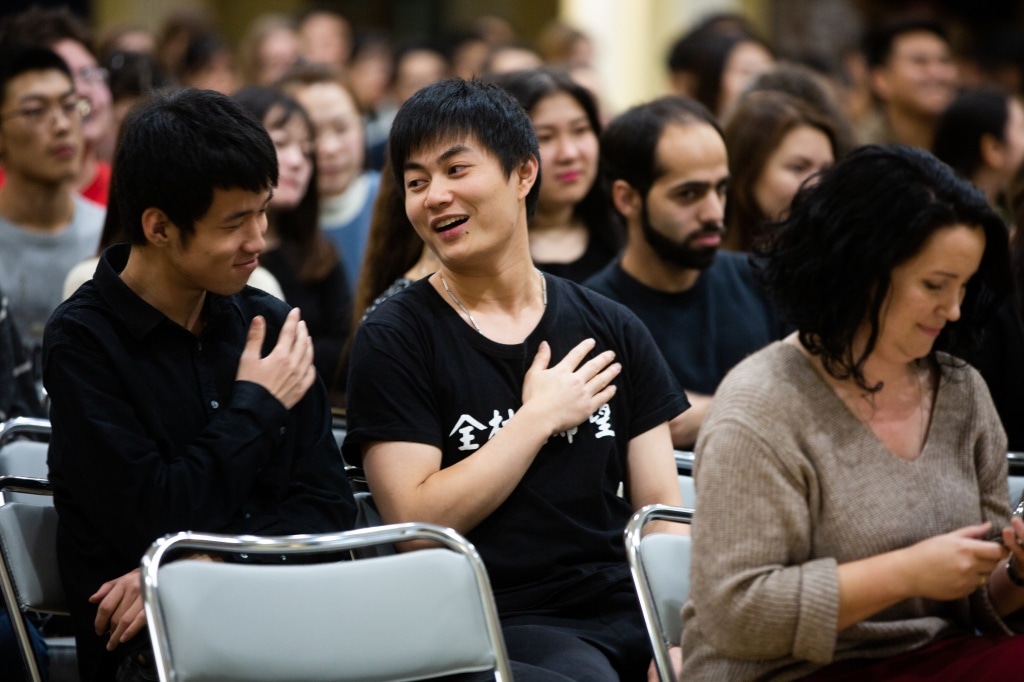 Indonesia is another country the TSU International Division has started to cooperate with purposefully. Indonesia is promising as a market for providing and promoting educational services: there are 280 million people, school graduates strongly motivated to continue their education, and a positive attitude towards Russia. Also, in order to attract applicants, TSU employees have worked through Russian bodies and local educational institutions in this country.
Indonesia is another country the TSU International Division has started to cooperate with purposefully. Indonesia is promising as a market for providing and promoting educational services: there are 280 million people, school graduates strongly motivated to continue their education, and a positive attitude towards Russia. Also, in order to attract applicants, TSU employees have worked through Russian bodies and local educational institutions in this country.
Surprisingly, Tomsk hosts the largest Laotian migrant community in Russia, thanks to the university. Laos is a small country with a population of only seven million people, but trained and motivated students belonging to middle and upper middle class families come to our city; among them, there are even members of the former royal family. Truth be told, in Laos, this is quite a big one.
Students come even from Latin America, which TSU has no purposeful connections with yet. But since the university is included in the leading international rankings, applicants find it on their own. For example, in this way, two Ecuadoreans have appeared in Tomsk several years ago. Now about a dozen people from Ecuador are studying at TSU, and their professors are pleased with their academic success.
In terms of the number of foreign students, the university has four leading faculties: the Faculty of Political and Historical Sciences, the Institute of Applied Mathematics and Computer Science, the Institute of Economics and Management, and the Faculty of Philology. Moreover, the Faculty of Philology is the one ranking the highest among the TSU faculties; in the international QS ranking, it is currently ranked 149th under the modern languages metrics. People apply for PhilFac to master such fields as Russian as a foreign language, Russian literary criticism, as well as modern sociolinguistics.
Choosing Siberia
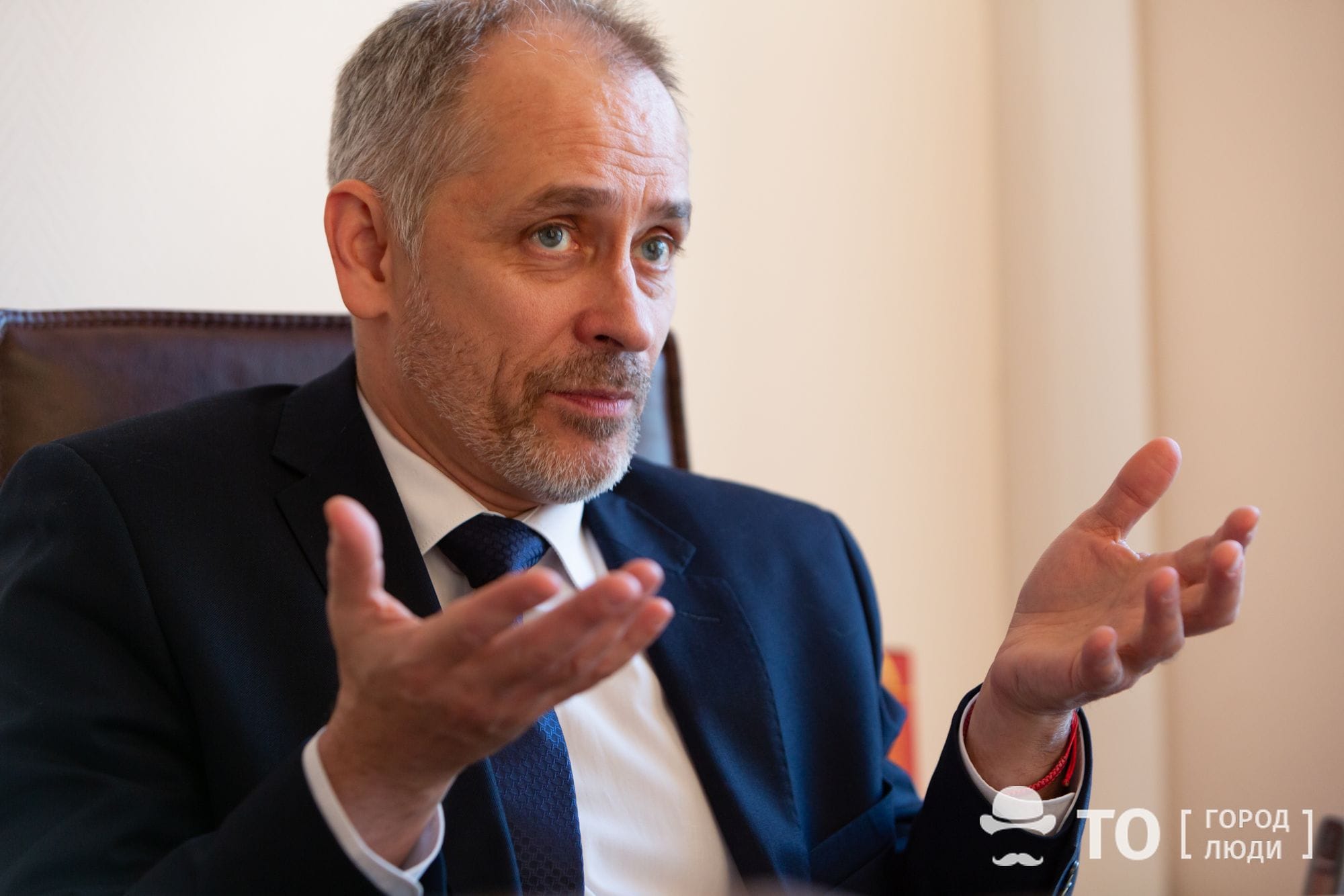
Definitely, few foreign applicants look, by default, for a university in Siberia and specifically in Tomsk. Basically, students initially search the desired specialty or educational program in the Top Universities website database, and only there, among the others, they find Tomsk State University. Further, the crucial matters are the availability of Russian government educational quotas, tuition, housing conditions and other available information.
“Certainly, future students refer to rankings, in which we occupy fairly high positions in a number of areas,” Artyom Rykun says. “Then their attention is drawn to the general living standard in the city, the campus availability — and Tomsk is at it’s finest again. Even local geography can be regarded as an advantage. Sending a child from another country to the central cities is a significant risk: it is quite expensive and potentially dangerous. Tomsk, on the other hand, is comfortable in terms of living and provides a high-quality education you don’t have to overpay for.”
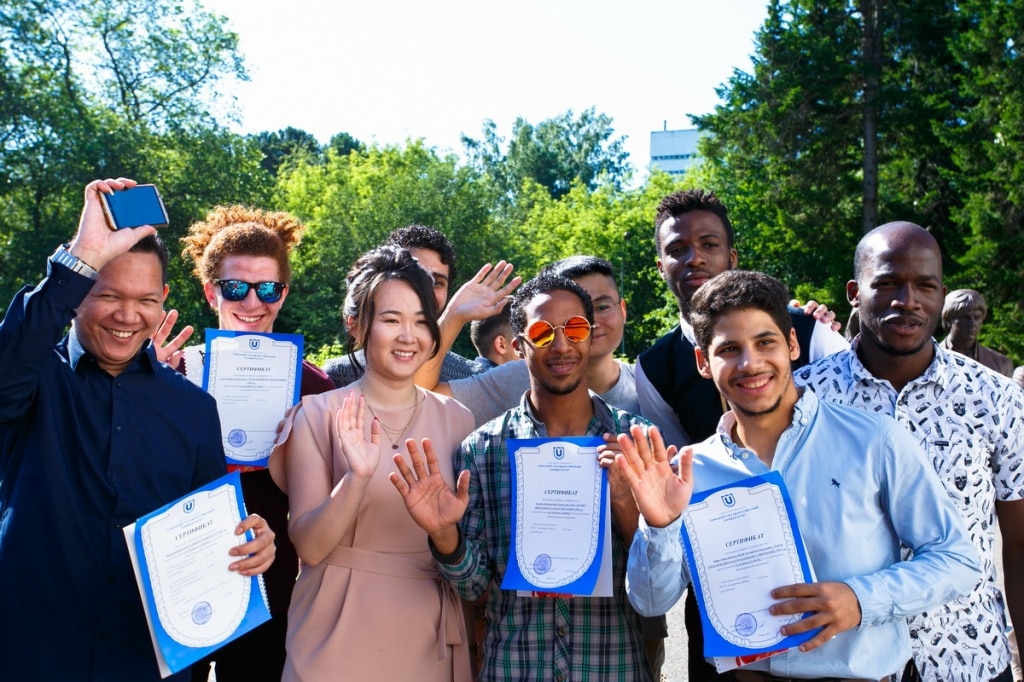 What also matters is feedback from the university. Tomsk State University directly communicates by email with all potential students, and takes no money for the initial examination, unlike some other universities. Therefore, TSU receives a great deal of applications, but at the stage of exams they are thoroughly filtered in order to select only the students having the best training and the strongest motivation.
What also matters is feedback from the university. Tomsk State University directly communicates by email with all potential students, and takes no money for the initial examination, unlike some other universities. Therefore, TSU receives a great deal of applications, but at the stage of exams they are thoroughly filtered in order to select only the students having the best training and the strongest motivation.
The examinations can be either in-person — for those studying at the TSU pre-university courses, or distance ones. The requirements are the same: command of either Russian or English language, depending on which of them is to be used in the course of education, and two exams in a specific educational program specialization. In the event of distance exams, to get to know the applicant in advance, a video link interview with him or her is also mandatory.
Educational Challenges
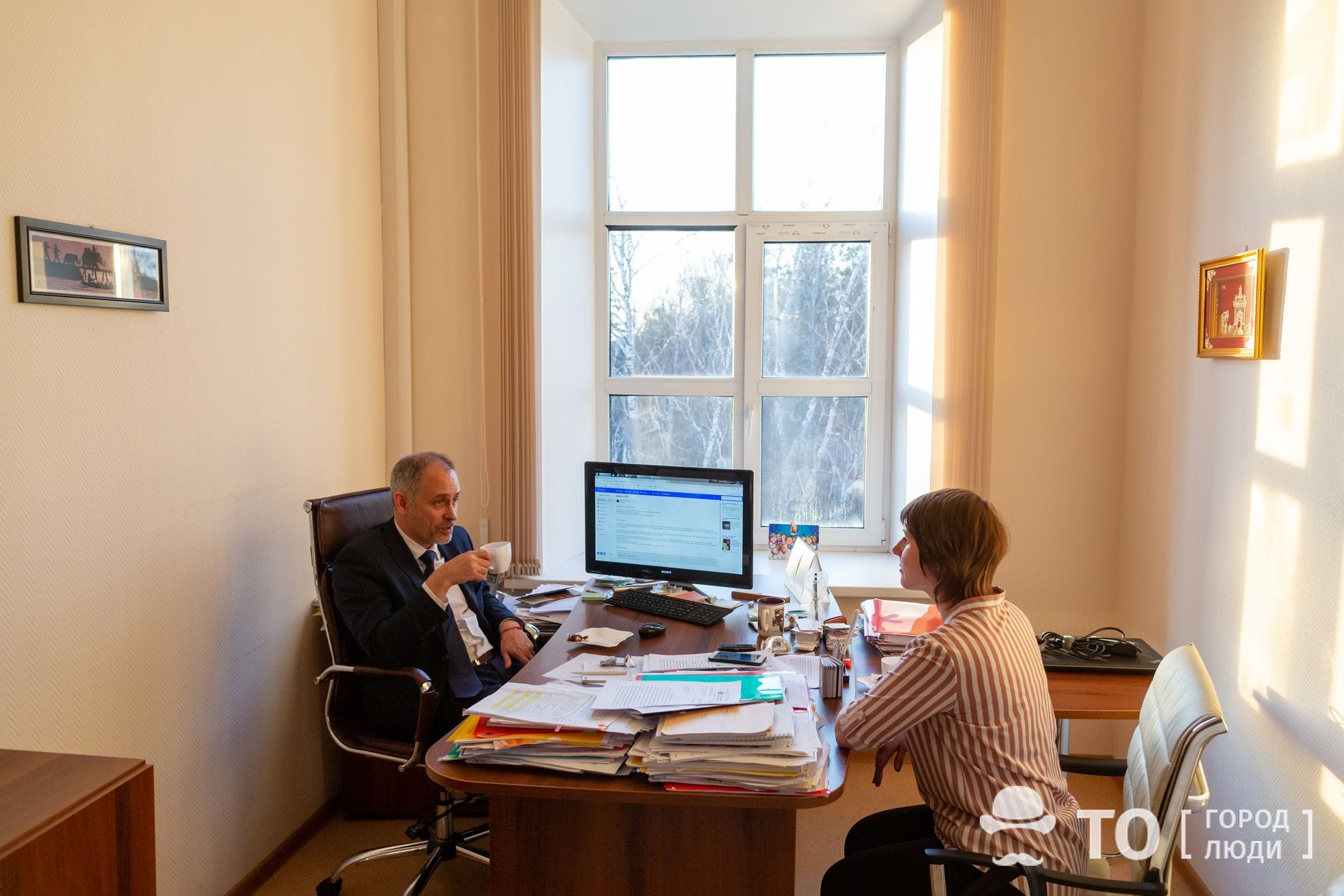
Regarding education export as a greenfield thing, there are several challenges worth mentioning. The first one is the language of instruction.
“We have to either teach foreign students the Russian language in a very short time, so that they can master a difficult program, or offer them training in English, but in this case the language competencies are required from professors,” the Vice-Rector for International Affairs says. “Both ways are challenging, not due to lack of proper methods or students’ capabilities. Indeed, they learn the language when they come to study in the USA, Europe or Australia. But, in the list of leading educational powers, Russia has long been far from a default option. What we are doing now is just endeavoring to take back the position our country had in Soviet times and to provide opportunities for both studying Russian and acquiring knowledge in English.
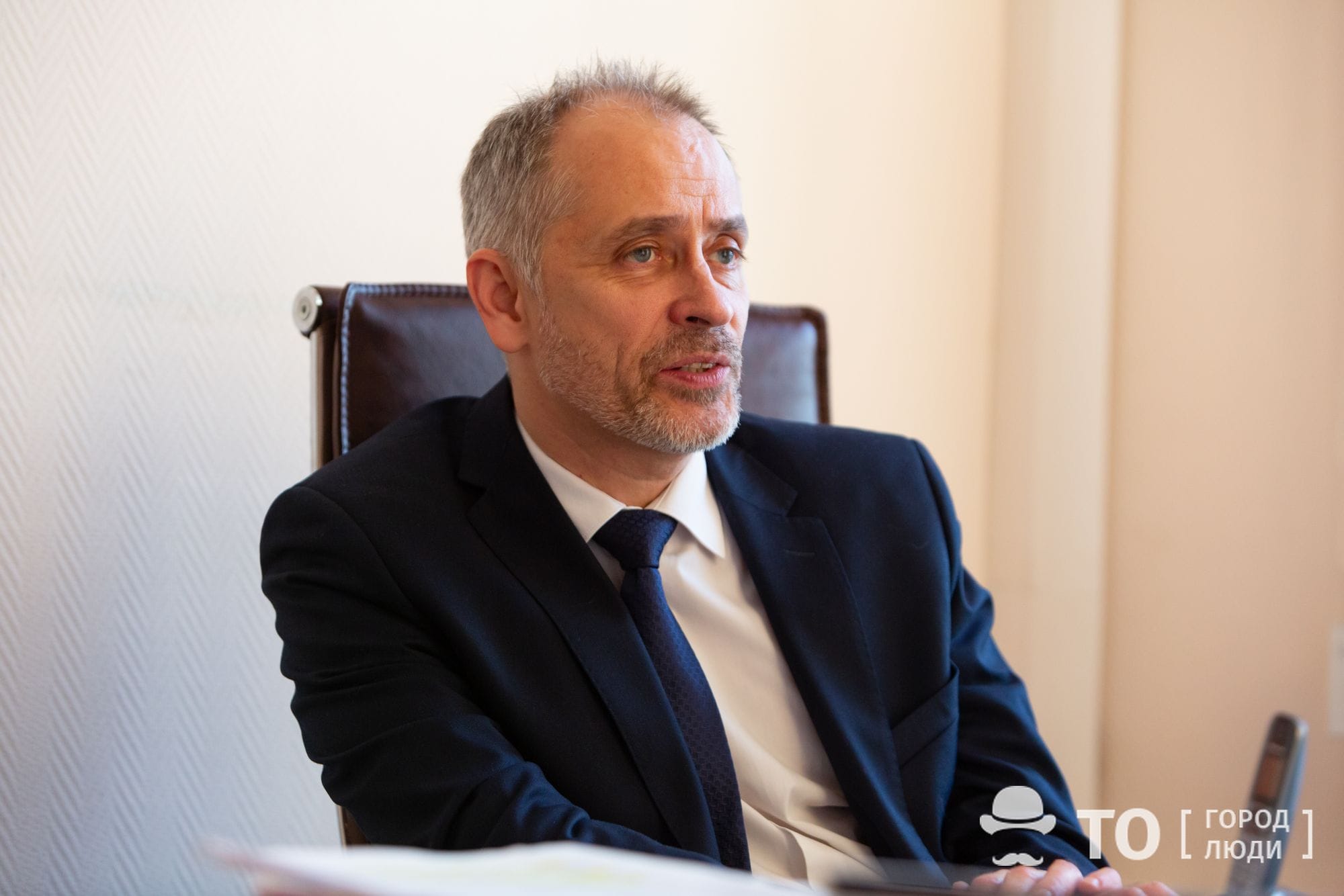 The second challenge is that teaching standards are different. World best practices in education are far from the ones we have used to, so a university having international ambitions also has to be consistent with the best.
The second challenge is that teaching standards are different. World best practices in education are far from the ones we have used to, so a university having international ambitions also has to be consistent with the best.
“We have a joint Master program, in the field of natural sciences and information technology, with ParisTech, a consortium of French universities,” Artyom Rykun says. “The educational process is arranged as follows. For about 40% of the program time, the undergraduates work in laboratories and manufacturing companies; approximately 20% is taken by working on managerial projects, and not more than 30% is given to traditional lectures. But, since the students work for specific companies and receive salaries there, these lectures they attend with a completely different motivation. They try to get what they need to respond to the current challenges faced by their employer, and if they do not get this, they question their professors. Many of the students coming from abroad expect the same approach to be adopted here.
The methods imported from foreign universities and adapted to our circumstances are relatively more expected by foreign students, but the Russian ones are also happy to share this experience. For example, in cooperation with Maastricht University, we are introducing problem-oriented education; TSU is launching a certified center of excellence in Problem-based Learning. In this approach, learning is built around a specific problem: for example, city traffic jams.”
According to Mr. Rykun, students are ready to study and learn, but they do not want to be simply given an oral version of a text they could read themselves. They seek knowledge to help solving the tasks set by their employer or the whole society. So the university is trying to provide both foreign and Russian students with such an opportunity, and this is still an innovative approach, a “greenfield” one.
Volunteering and English Courses for Taxi Drivers
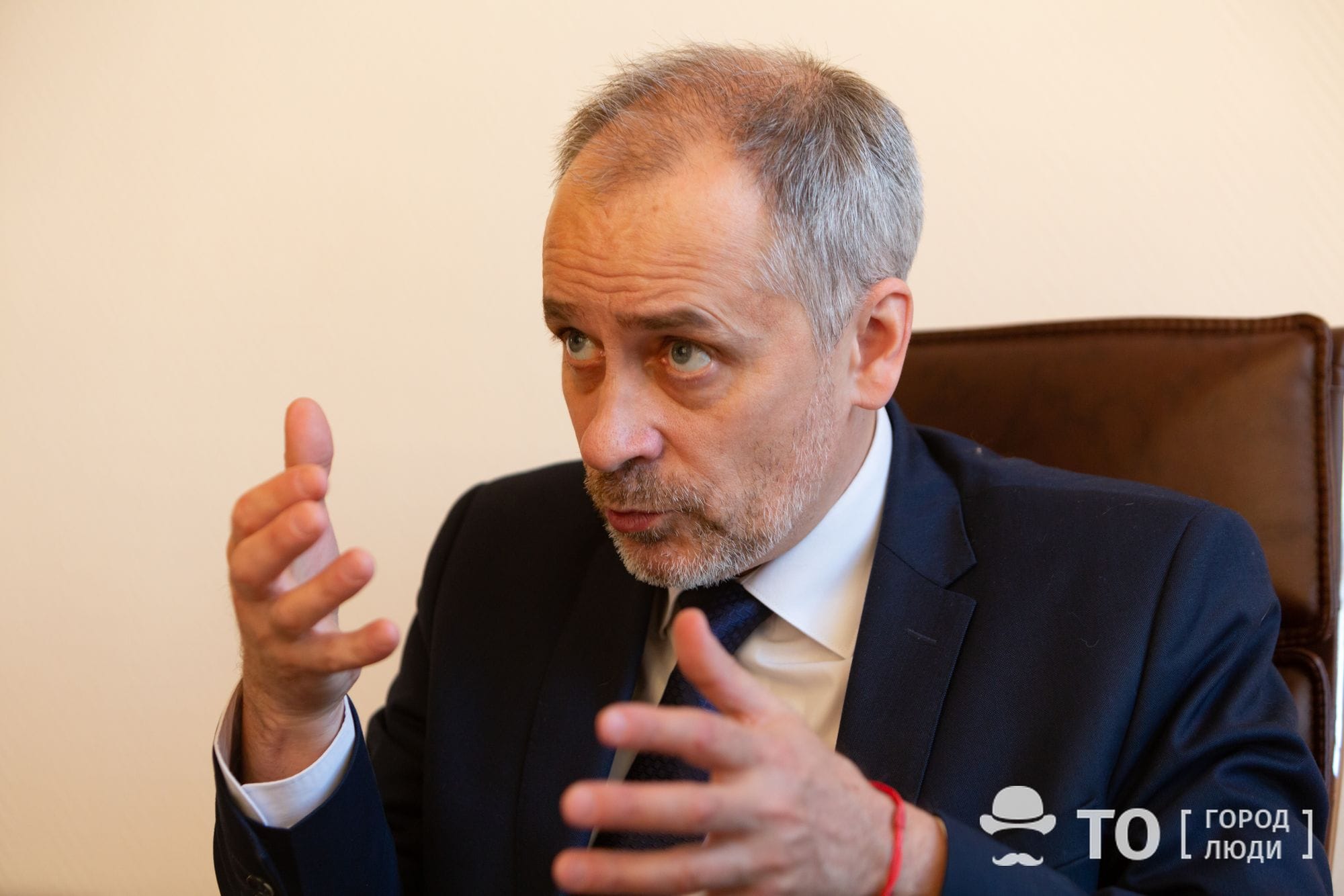
In addition to a high-quality education, the foreigners also appreciate comfortable living conditions in the city. These are largely provided by the university service of adaptation and support (International Student Services Centre).
“When new students arrive, they must not be left alone at the airport,” Artyom Rykun explains. “For many of them, this is the first time abroad in their whole life, so our people who speak English or Chinese (in the case we are meeting students from China) must already be present in the arrivals area. Our volunteer organization provides foreign students with round-the-clock support. Volunteers show to the foreigners which Tomsk stores and shops they can go to in order to buy what they need, how to get on and ride a bus, and teach them other everyday things. Whatever issue arises — a health problem or, for example, there is a draught from a window slot — the support staff can be called in any case. This is the university icon, and we make every effort to provide the best service.”
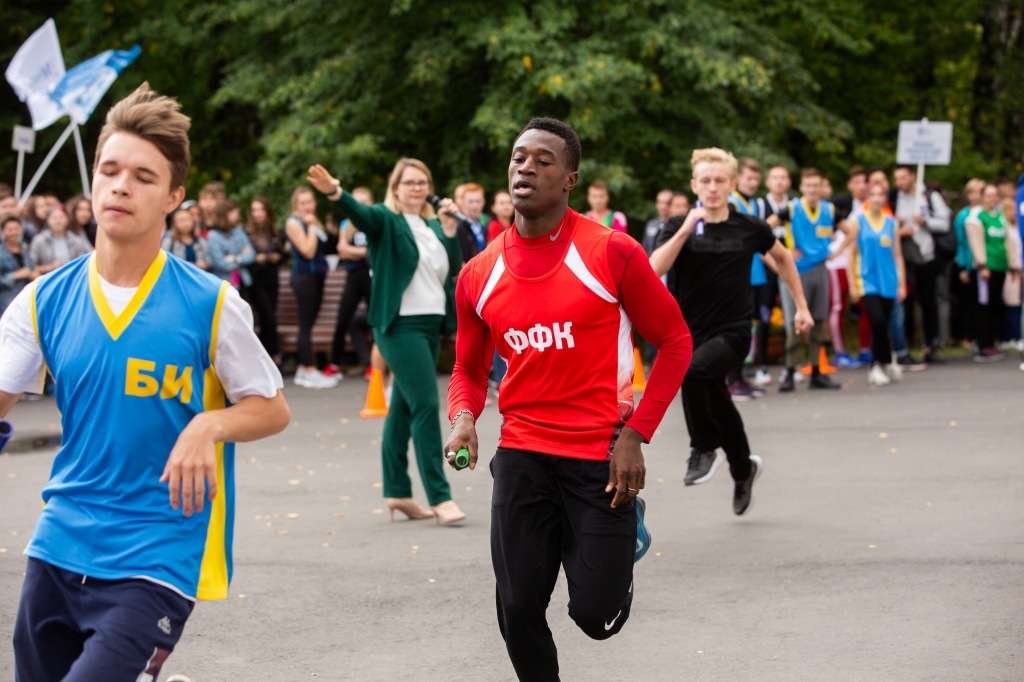
In addition to a comfortable environment inside academic buildings and campus, students need to feel good outside. In the world, there is an idea of what a typical university city should look like. According to Mr. Rykun, Tomsk as a whole corresponds to it, but there are still a few things that could be “tightened up”.
“This is a completely different level of the game, and no passes will be given anymore,” he says. “We have to quickly adjust certain things to conventional ways, make sure that the city gives a choice of places to live, opportunities for leisure, and all this is safe and tolerant. Soon it will be necessary that taxi drivers speak English!”
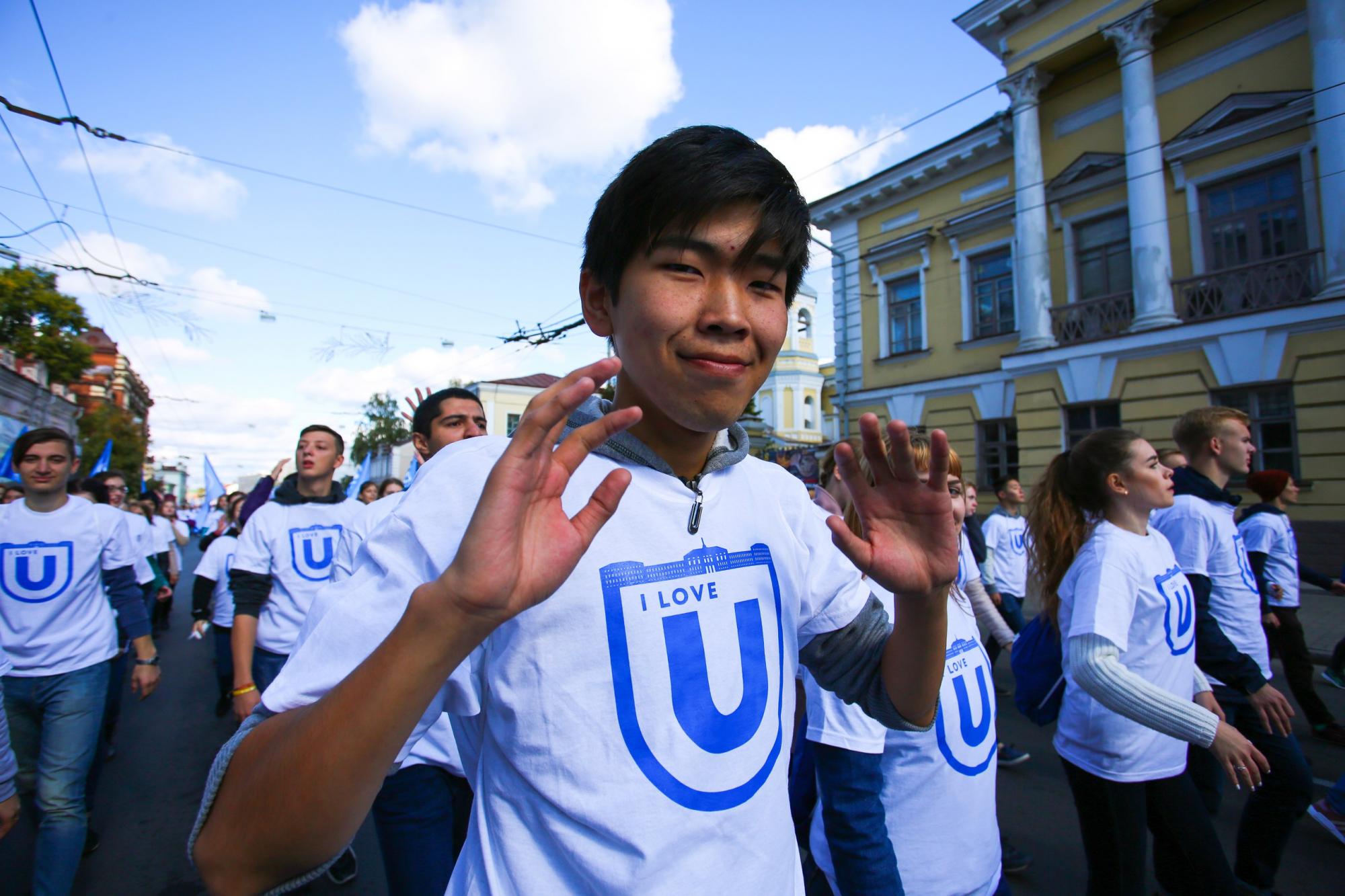 Of course, English-speaking taxi drivers are far beyond the university competence. But still there are things TSU is fully capable of doing, given the city authorities assistance, such as making street names readable using a QR code. The TSU International Division has even tried to come to an agreement with some major retailers about teaching their personnel English, especially in the city areas where foreigners live or study. However, for now, the retailers have decided to get by with hiring the same students or leaving sellers unattended in communicating with foreign customers by any means available — from pictures to sign language.
Of course, English-speaking taxi drivers are far beyond the university competence. But still there are things TSU is fully capable of doing, given the city authorities assistance, such as making street names readable using a QR code. The TSU International Division has even tried to come to an agreement with some major retailers about teaching their personnel English, especially in the city areas where foreigners live or study. However, for now, the retailers have decided to get by with hiring the same students or leaving sellers unattended in communicating with foreign customers by any means available — from pictures to sign language.
Nevertheless, as the share of education export is growing and higher education claims to become a city-forming activity, so the city will have to become, in some way, an element of an educational infrastructure. So, in order to successfully compete with, say, China, where the government has been transforming university cities to make them meet the needs of campuses, Tomsk has to change.
Turbo Greenfield
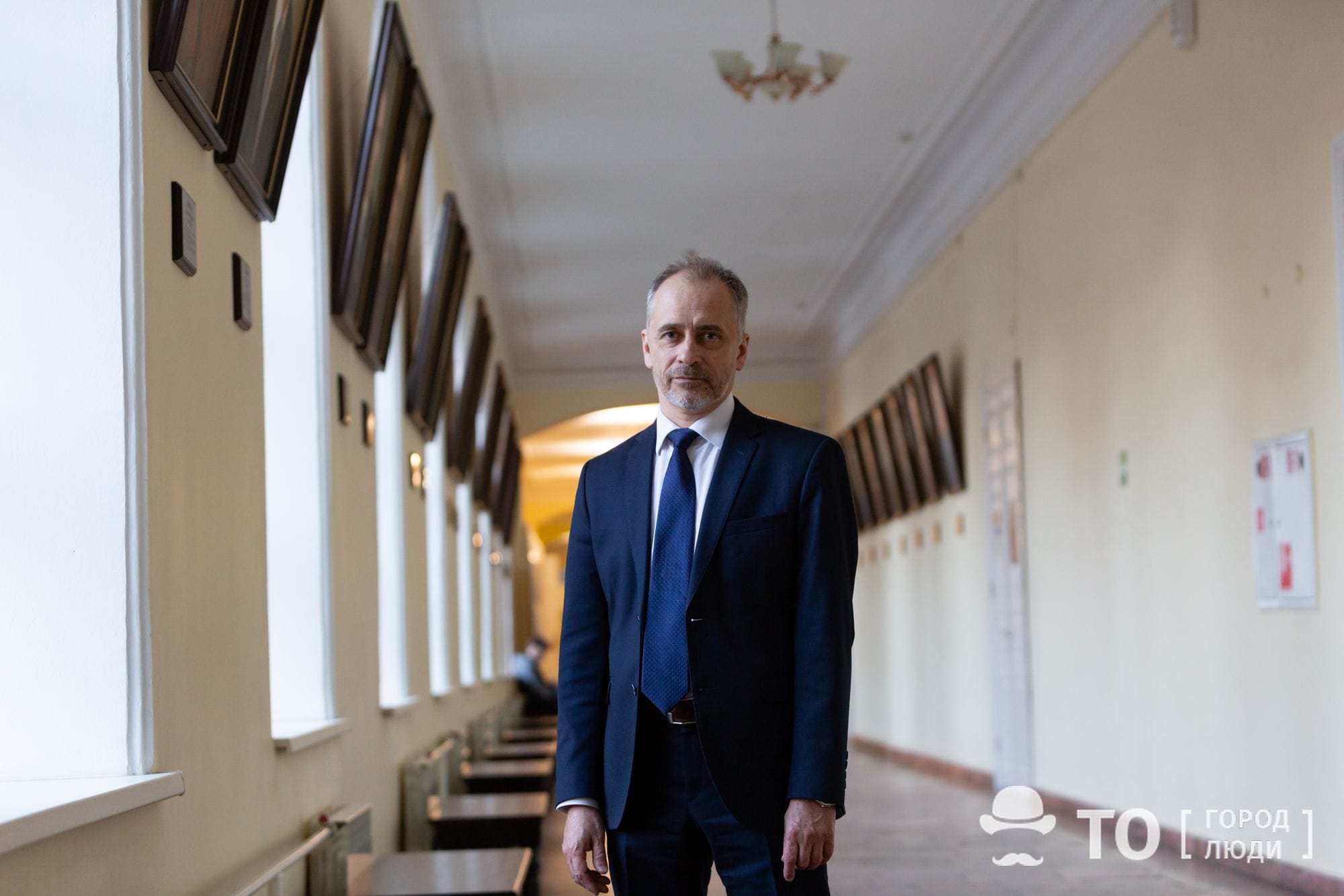
The reason why the university should increasingly focus on the education export lies far beyond the borders of Tomsk. According to experts, the world will soon face such a challenge it has never encountered yet.
Recently, TSU geographers and geologists have participated in a large international conference, where a professor from South Africa has cited the fact that in 15 years the population of Africa will increase by over a billion people.
More than 70-80% of this population will live in cities of a completely new type. These are slum cities that arise neither following an idea of some architects, nor due to the efforts of city authorities, but from uncontrolled growth. Such cities, inhabited by migrants from less prosperous countries, who have fled from wars, ethnic conflicts or climate change, will have reached incredible proportions. They will be larger than modern Chinese cities having 20-30 million people. Many of the inhabitants of this continent will not stay there. They will work their way up: to Europe, North America, Russia, using all the opportunities available, including an educational track.
The next 15 to 20 years will probably witness a real migration tsunami, and this is an unprecedented situation. The task arising from this is not even just greenfield, but, in terms of its intensity, rather a turbo greenfield.
Tomsk State University has already begun to get ready for this challenge. In order for the city to have intermediaries and interpreters under the migration tsunami, the university has recently started monitoring the best of foreign students, who are likely to occupy, in future, key positions in politics, society, and government bodies of their countries; it will be easier to establish interaction with them. Having received a diploma, part of the students will be invited to work at the university, so that their help simplifies interaction with other foreign students. For example, next year the Faculty of Innovative Technologies is already to welcome in its ranks two future graduates, a Mexican and an Indian.
Certainly, the said objectives are far from trivial, and the university must not be the only one to reach them. Their fulfillment requires involving culture, ideological institutions, law enforcement agencies, and many others. Nevertheless, what is already perfectly clear is that education export is rather a demand of time, than just a promising project to be implemented by a single university.
Text by: Katerina Kajgorodova
Photos by: Veronika Beletskaya, TSU International Division
